Conservatives Are *Still* Trying To Censor Our History, So Here Are Just 13 Messed Up Things The US Has Done That Everyone Needs To Be Aware Of
If you're from the US, chances are you spent lots of time studying US history in school. You probably learned all about colonization, all our wars, etc. But...well, we all know school history can be a bit sanitized.

Nickelodeon
And if you did some additional research or went to college to study history, you *may* have discovered a few things that weren't on your fifth grade Social Studies test.
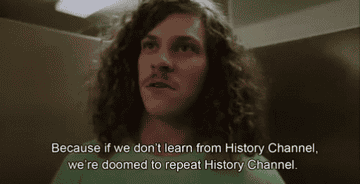
Comedy Central
Here are just a few of the messed up US history facts that you might not know.
1.During the Cold War, the CIA tested out if mind control was possible using drugs like LSD (and methods like electroshock and sleep deprivation) in a project called MK-ULTRA.
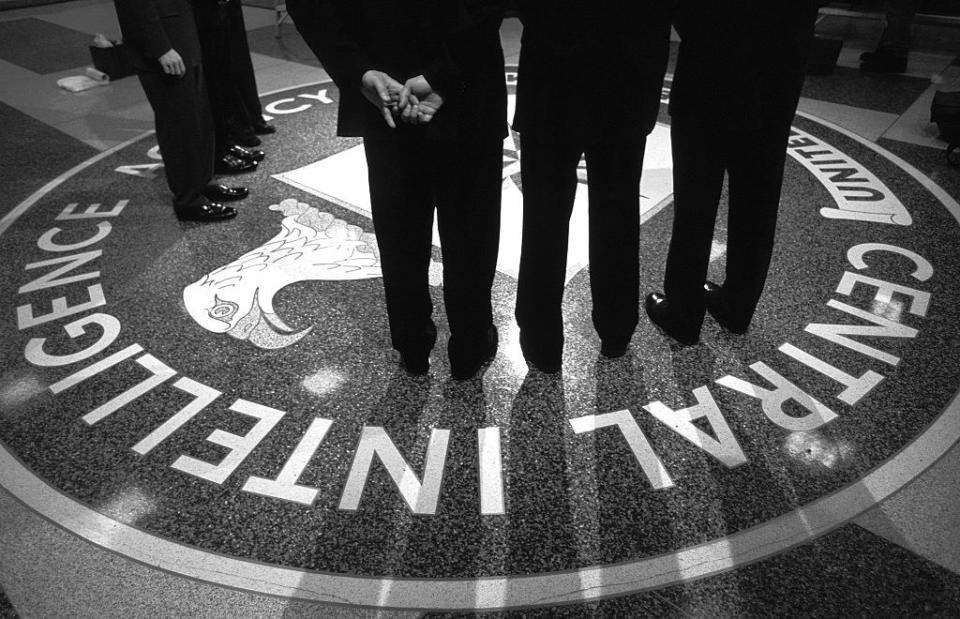
Who were these tests done on? American prisoners, prisoners in foreign detention centers, those in psychiatric hospitals and schools, and unwitting CIA agents themselves. Some of the victims were pregnant mothers and children. We still don't know how many died or were permanently altered as a result of these experiments — which did not prove the possibility of mind control, though mind erasing seemed to occur.

One death we do know occurred because of MK-ULTRA was that of CIA agent Frank Olson, who jumped out a window after being sent to a retreat where he was given LSD without his knowledge. The CIA covered up the true nature of his death for decades — and when Olson's body was exhumed many years later, there was evidence he had actually been thrown out the window, leading many to believe the CIA killed him due to his knowledge.

Above, you can see President Ford meeting with Olson's family many years later to apologize.
2.We can't talk about unethical experiments without discussing the Tuskegee Study. Scientists studied syphilis in 600 Black men (201 were controls that did not have the disease). None of them were told they had syphilis or understood what they were being treated for, and none of them were given penicillin, which was a readily available and effective treatment for their disease post-1943.
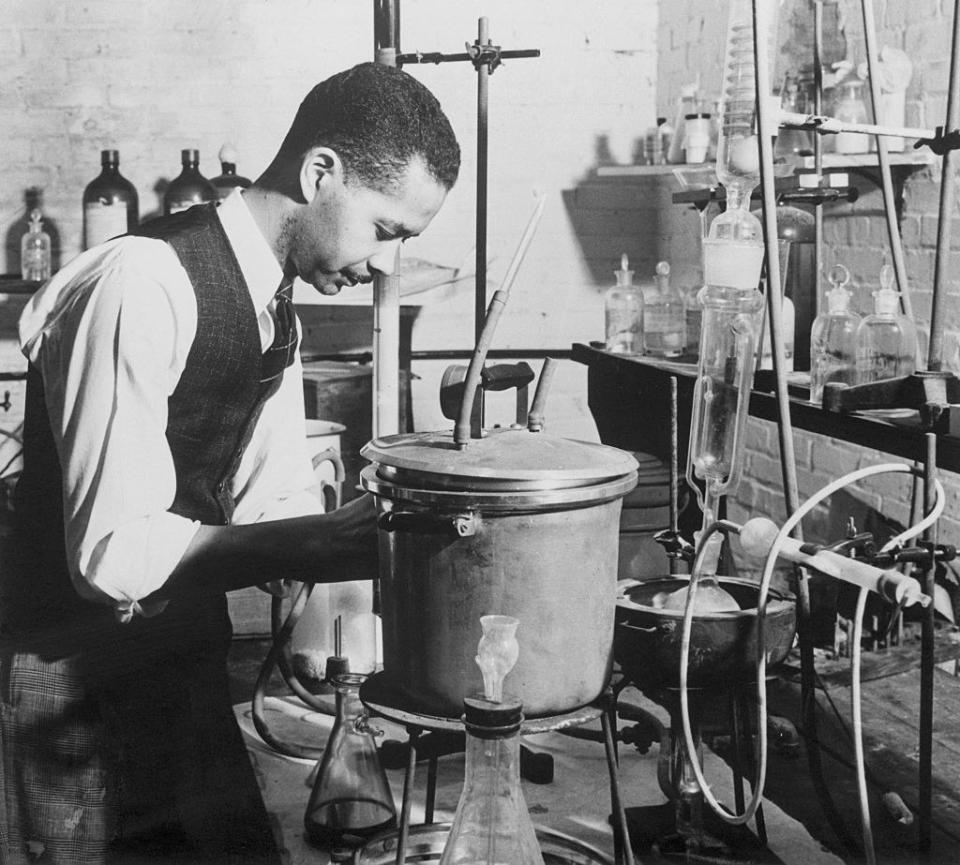
Researchers even convinced local physicians not to treat the men — they studied them at the above Tuskegee Institute instead.
The experiment went on for 40 years and continued until the 1970s — it only ended because the Associated Press broke a story on it. Its last member died in 2004; overall, 128 had died either from syphilis or related complications, and the disease had been passed on to 40 spouses and 19 children. The government did not apologize until 1997.
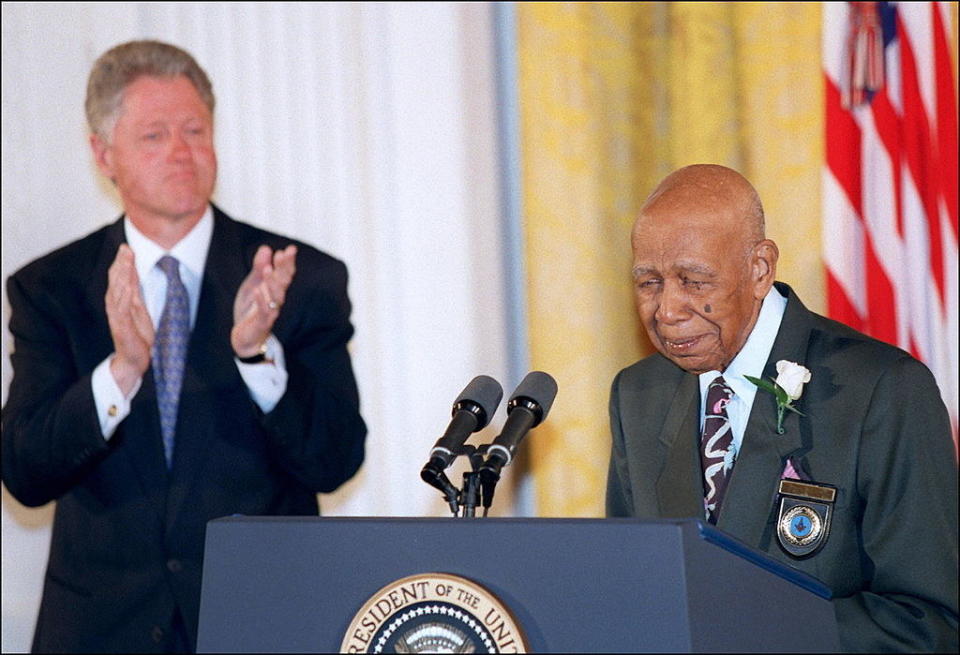
3.Let's talk about another unethical test: In the Manhattan Project, a bunch of workers were being exposed to radiation — and its effects were largely unknown. To test out how unsafe the radiation was, the government began to run tests on terminally ill patients where they exposed them to different radioactive elements (like polonium, plutonium, and uranium) to see what would happen and how long it would stay in their blood. Patients were most likely not aware of what they were receiving — and many were not actually terminally ill.
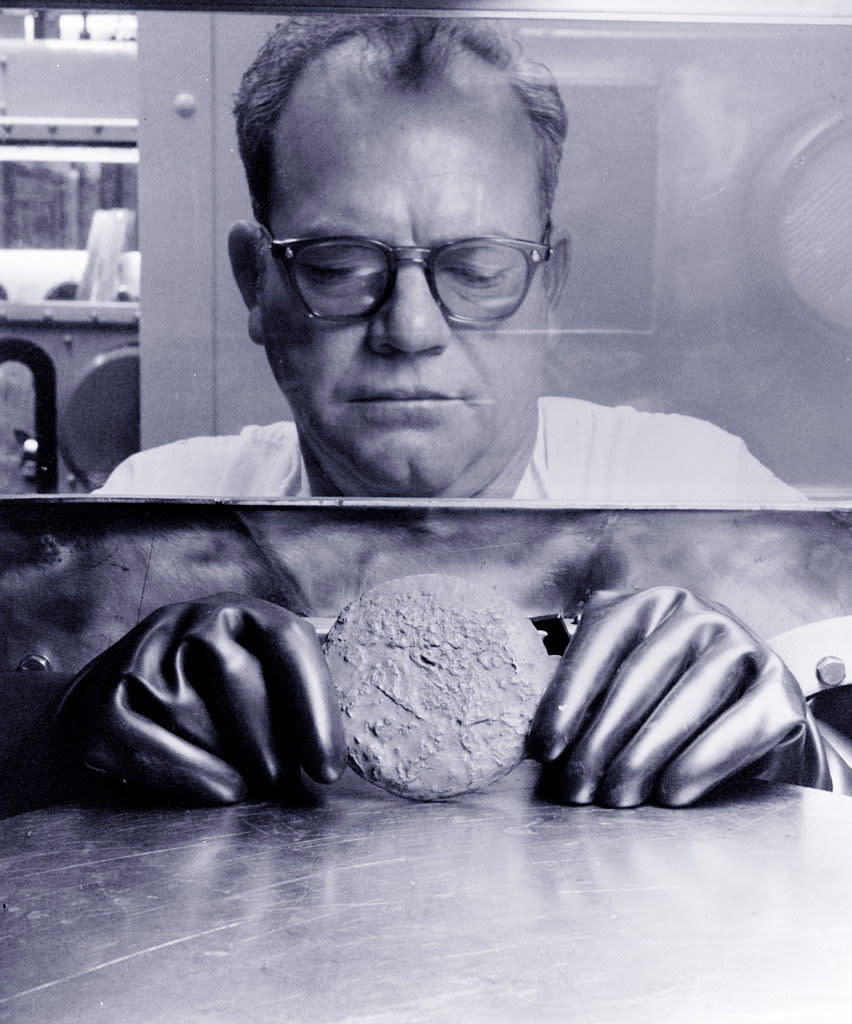
Take Albert Stevens, who had been misdiagnosed with cancer and actually just had an ulcer. He later became known as the most radioactive person alive due to the amount of radiation in his body as a result of the experiments (6,400rem over the years; yet he lived until 79). He was never told he had been exposed to plutonium; nor that he did not, in fact, have cancer.
Human experiments with radioactivity continued into the 1950s — subjects ranged from children to jailed people to pregnant mothers, most of whom did not know what was being done to them.
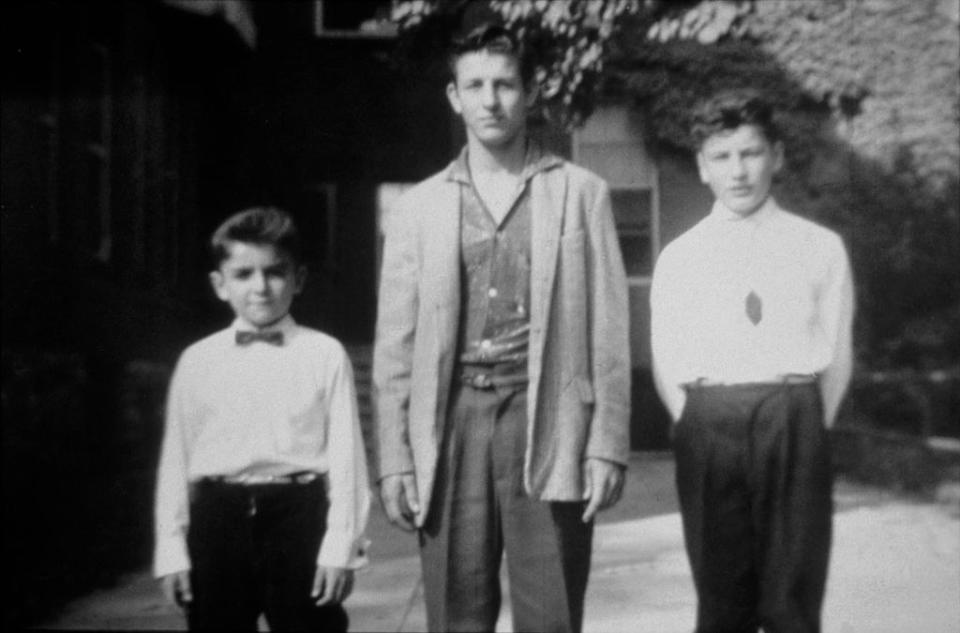
4.Speaking of radiation — the first-ever nuclear weapons test occurred in New Mexico in 1945. It was a remote area, but there were ranches within 15 miles and farms that grew commercial projects. Nearby civilians were not warned or evacuated. The bomb was an exact replica of the one later used to bomb Nagasaki. Those who lived nearby would've been exposed to over 10,000 times the recommended radiation level through the air and their food. Some of the radiation reached as far as Indiana.
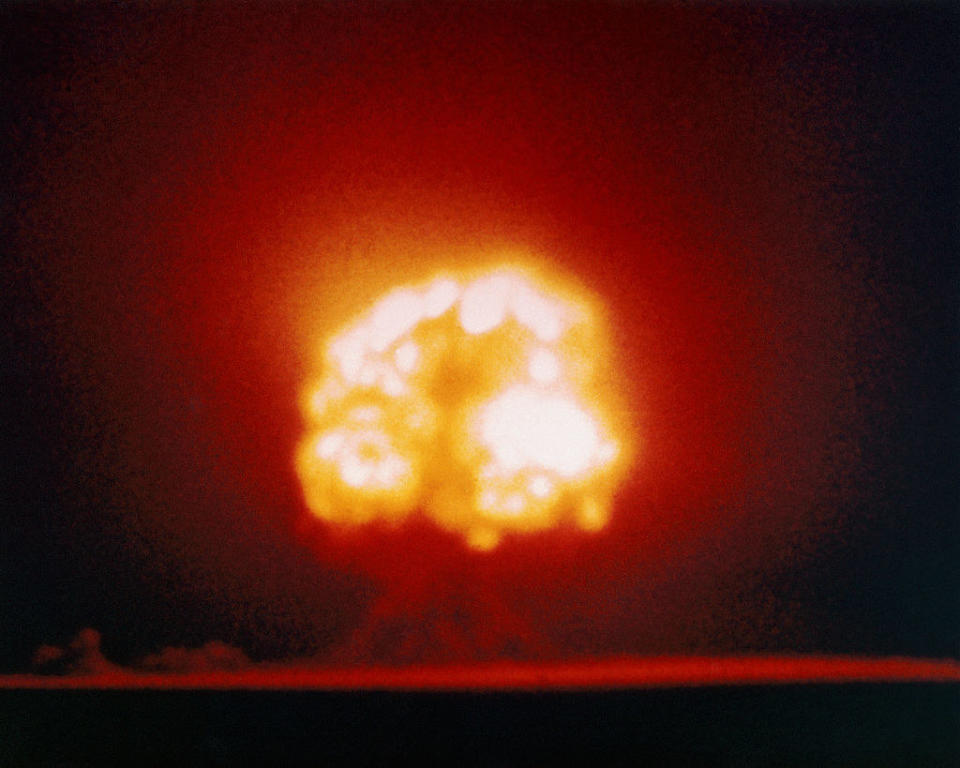
5.Oh, and in case you didn't know, the United States' use of atomic bombs in Japan killed over 100,000 people there (and likely far over 200,000; it's hard to measure because so many deaths occurred after the fact) — almost all of whom were civilians. At least another 100,000 were injured. Survivors described witnessing burned, torn-apart people carrying their eyeballs in their hands, with their flesh hanging off their body before they finally collapsed and died. The US has never so much as apologized.
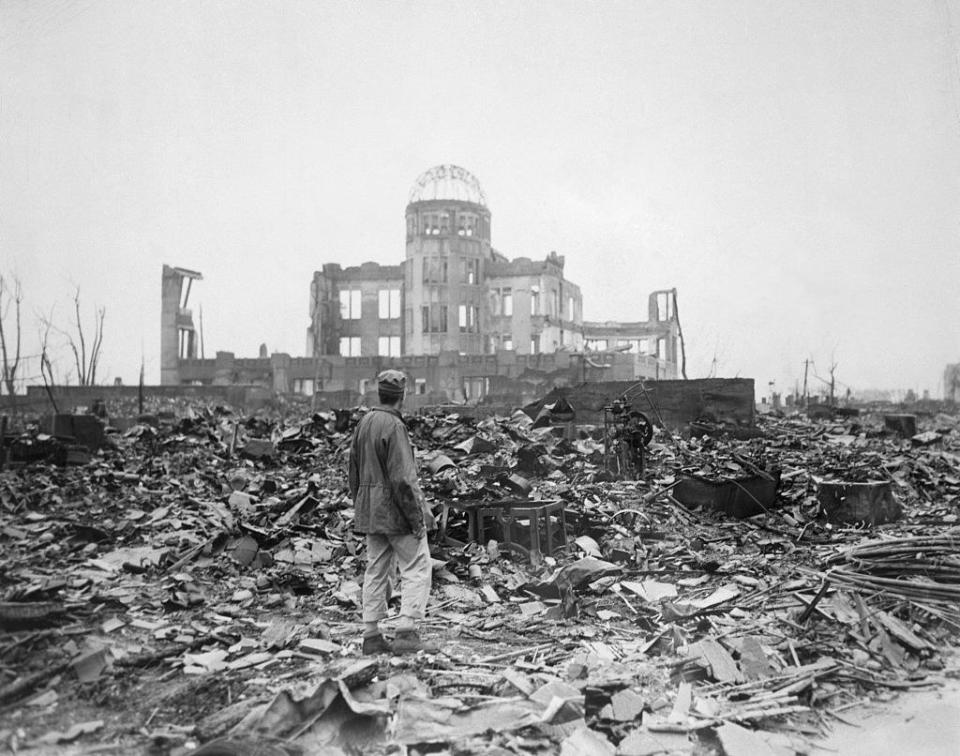
The bomb was specifically dropped by workers' housing to "achieve maximum psychological effect."
6.And the rhetoric that the bombs 100% had to be used in order to end the war (and prevent further death) is not entirely true. There is plenty of evidence to suggest the US dropped the bombs to A) prevent the Soviet Union from getting too involved in the offense against Japan, which could lead to them seizing territory, and B) intimidate and impress the Soviet Union with the US's power. There were other options to using the bombs, and there was plenty more time to consider them before the planned invasion of Japan.
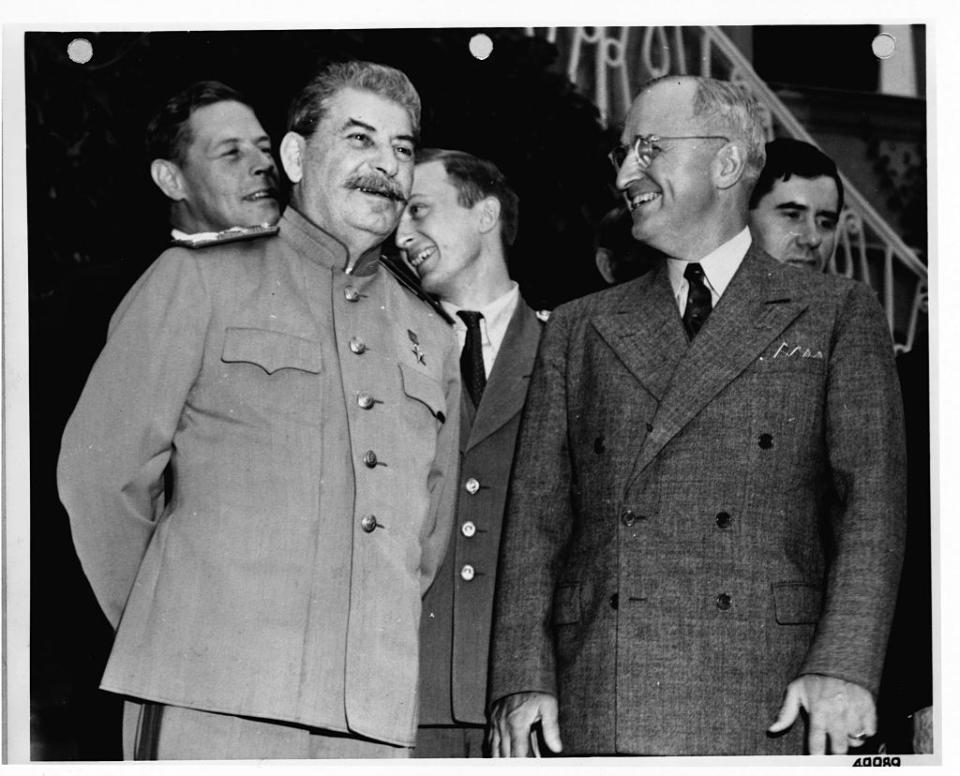
7.One more nuclear bomb fact — the US has lost six nuclear weapons, and they've had 32 official "broken arrow" nuclear weapon accidents.

8.In fact, the US accidentally dropped nuclear weapons on North Carolina in 1961. They didn't detonate, but if they had, the blast would have been 260 times stronger than that of the nuclear attack on Hiroshima.
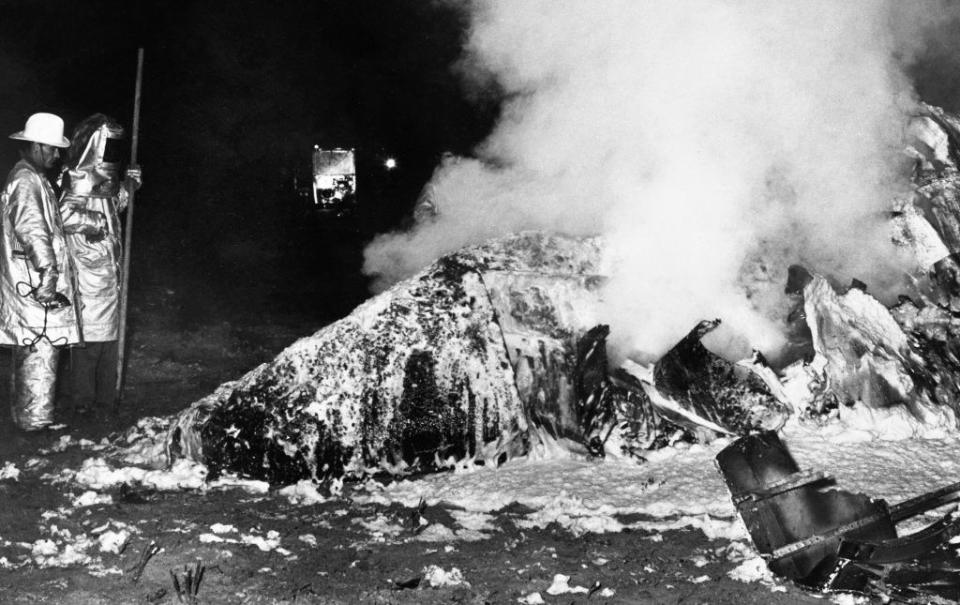
9.Back to World War II — following the attack on Pearl Harbor, Japanese Americans were sent to internment camps that even President Roosevelt called "concentration camps." The point of the camps was to prevent espionage or sabotage from these Japanese Americans — half of whom were children. There was absolutely nothing to suggest any one of these people were involved in espionage or sabotage. Ultimately, 1,600 people died, and those who survived were twice as likely to die young or get heart disease.
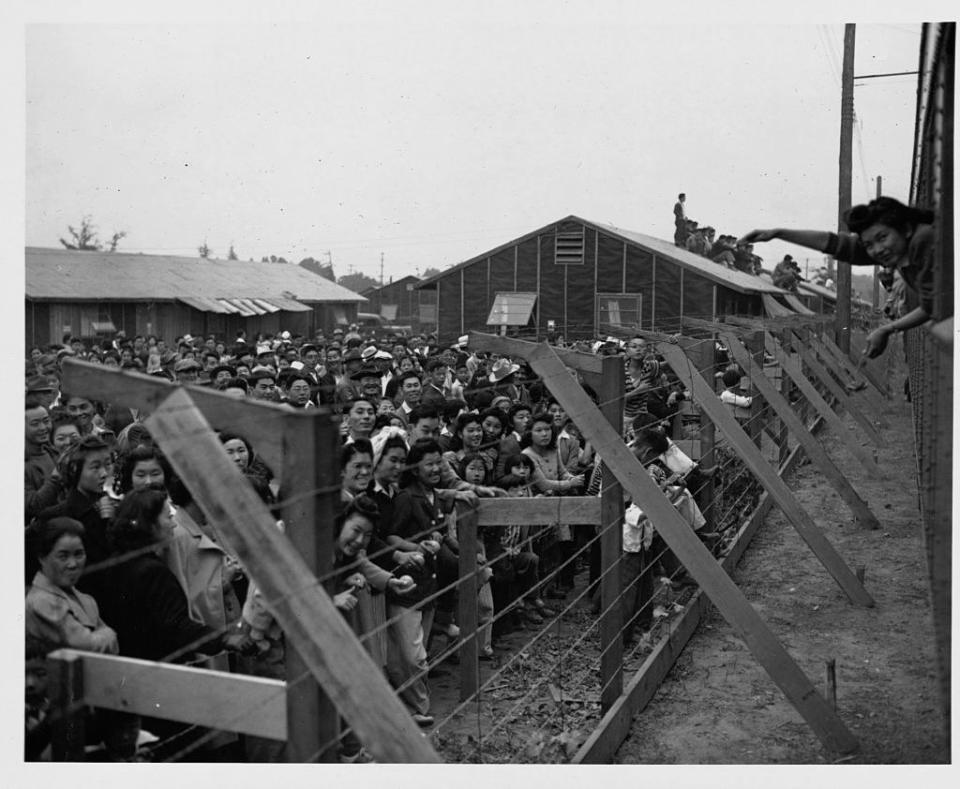
10.In 1939, the US refused to accept a ship of mostly Jewish refugees, and made them turn around to go back to Europe — and 25% of them ended up dying in the Holocaust. In fact, the US continued to turn away thousands of Jewish refugees, under the (largely unfounded) fear that they could be spies.

11.Lobotomies in America can mostly be traced back to the influence of Walter Freeman, a neurologist who named the procedure and brought it to the US. He performed over 3,000 lobotomies from the 1930s into the 1960s, becoming more and more loose with his procedure and who he would use it on. About halfway into this, he came up with a technique that he said didn't require an operating room (he also used electroshock in lieu of anesthesia) and started giving lobotomies out of his van.

Some of his patients were children, many of whom were simply badly behaved. His last lobotomy was in 1967 — and the patient, Helen Mortensen, died as a result of it. In fact, his operations had about a 14% fatality rate.
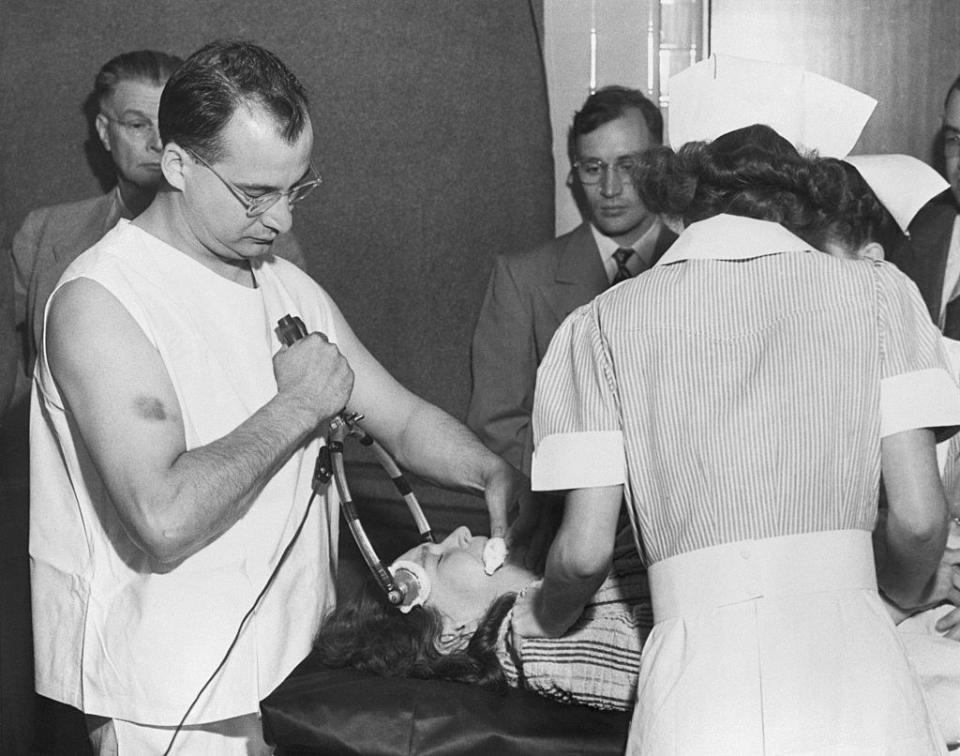
Lobotomies continued into the '80s in Scandinavia.
12.Speaking of lobotomies: One of President JFK's siblings, Rosemary Kennedy, received a lobotomy in 1940 at the age of 22. Rosemary mainly seemed to deal with learning difficulties and occasionally violent mood swings, but she was by all accounts a lively young woman until the procedure, which was authorized by her father to deal with her mood swings. Some, however, have suggested it was Rosemary's rebellious nature and the family's fear of her getting pregnant (which would be a huge scandal for the politically involved family) that led to the lobotomy.

Rosemary's mental abilities devolved into that of a toddler, and she was sent away to a "Catholic facility for the mentally disabled" for two decades. Her siblings were not told where she was and could not visit her.
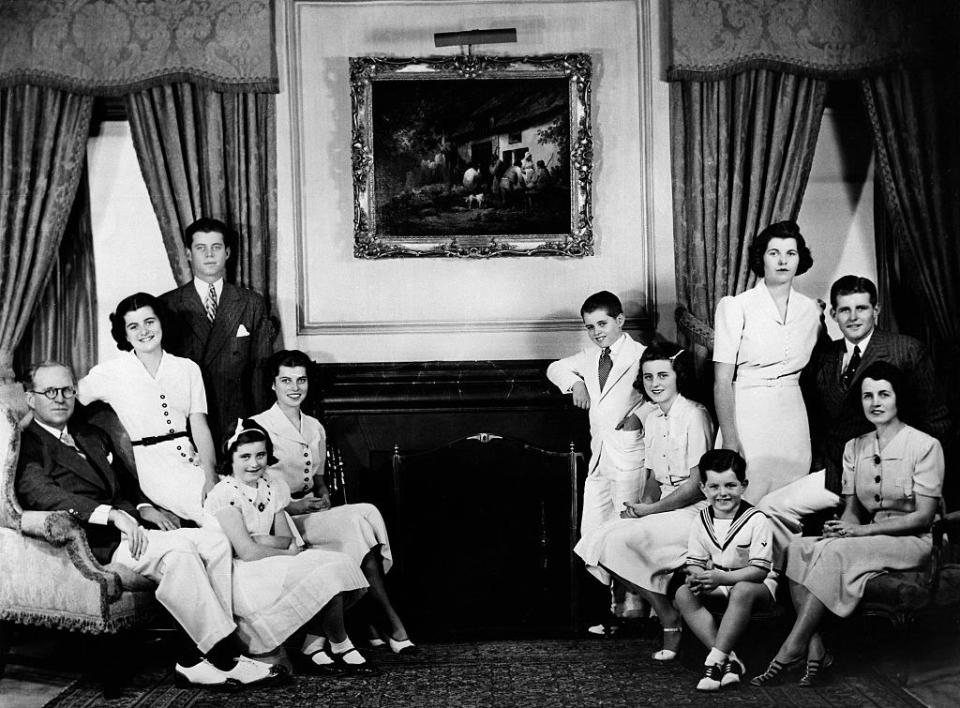
13.And finally, the "father of modern gynecology," J. Marion Sims, is best known for inventing many techniques used in modern gynecology. How'd he develop these techniques? Testing them, without anesthesia, on enslaved Black women. One woman, Anarcha, had 30 surgeries performed on her.

The speculum and rectal examination positions used today are both named after him, and a statue of him in Central Park was only taken down in 2018.


